Vandals? No, professional artists. The Cable talks to Bristol artists making a living from their spray cans.
Feature photo: Juan J Moreno

Juan J Moreno
Graffiti came from New York in the early 70s with tags and then moved on trains as rolling galleries… It came about in Bristol in the early 80s and hasn’t looked back. But how far has it come from associations with rebellion and criminal damage?
In Bristol at least, it appears assimilated, accepted as a cornerstone of local culture with even a yearly festival – Upfest – to celebrate the art form. Now developments such as social media mean artists can connect with their idols, employers and potential fans alike.
Equally, there are many artists who are making a legit business out of their spray can expertise. Artists appear to improvise when it comes to making art pay. They deal with their world as it unfolds, seeking mutual satisfaction in relationships with employers, working professionally like anyone else because it’s just another job.
There are of course, examples of (lucrative) contradictions. Banksy is the name, and business is the game. Wisely the council have found a compromise and incorporated disaffection – because was good for tourism.
But for most of those who go mainstream, can they do what they love while paying the rent? We spoke to artists to find out more about their views on the scene’s latest, professionalism vs the underground, and the spectre of Banksy over the Bristol scene.
Mr Draws
“It steps up a few notches when I started to do regular commissions for people and learning new things to pay the rent – although I was lucky to find a style which would fit the mainstream,” says Mr Draws. “There’re lots of ways you can start to be full time but it boils down to working hard and finding avenues for people to see your work.”
“Banksy falls under the street art umbrella for sure. He’s pretty polarising in the graffiti world, but the way I see it, if someone can make a mark on wall and get there point across without having to explain it someone then they have a good job and they have completed the main objective.
“He has made graffiti more accessible to the general public and therefore less frowned upon. However he is over used as reference when it comes to street art. I often hear people saying are you the ‘next Banksy’ which is only because that is the only graffiti artist they know about, not because of the type of work I do.”
Mr Draws paints in run down areas where such activity has been long accepted as localised culture. He finds the whole graffiti scene intriguing, and diverse in opinions, reckoning that you can have fun while being challenged by other perspectives.
“I enjoy painting in parts of city that the local residents feel need to brighten up… made family friendly with a splash of colour…”
Draws likes the fact that such pieces stay up longer yet acknowledges that a constant rotation of artists means they learn from each other. Surely it’s a good thing if these artists are co-operative in this way. It could be argued that it’s a form of self-organised work experience, even recycling.
“There is something about putting your mark on a building that is just waiting for something.”
Nick Halahan
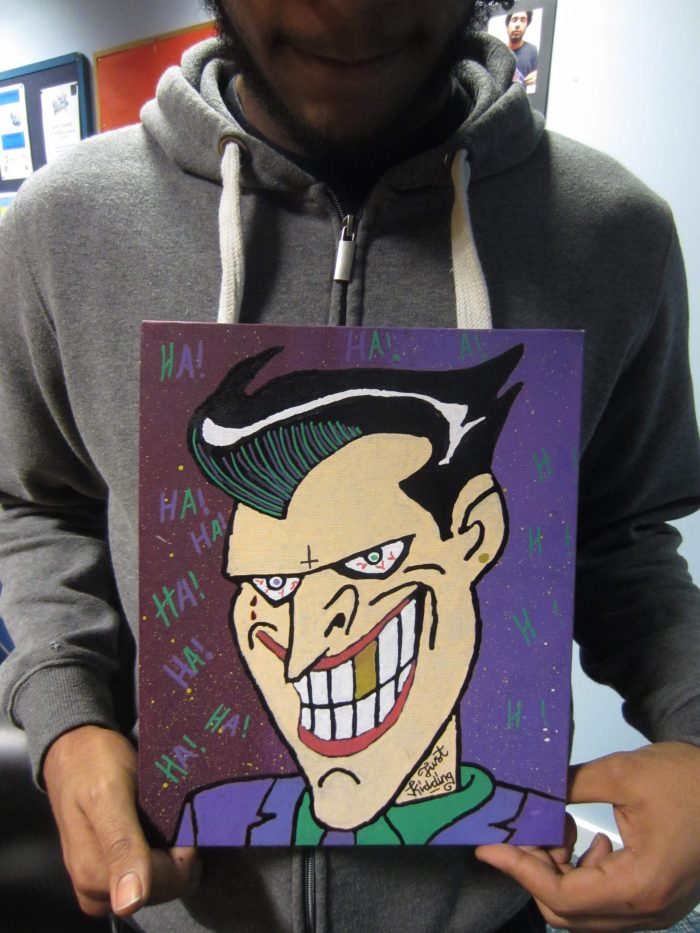
Nick Halahan has delivered graffiti workshops for NHS mental health units, young offending teams, secure units, care homes, schools, youth centres, the fire service and more. He describes the affect of creating art with vulnerable or marginalised people.
“I met ‘Scott’ at a temporary accommodation place for young people at risk of homelessness. He initially declined the invitation to get involved saying that he would mess it up so what is the point. He hung around the edges but eventually agreed to give it a go if I helped him with it.
I explained that that was why I was there, and he asked if he could make a tribute for his friend that had recently died in a motorbike accident. It was a battle for him to concentrate and not give up when things weren’t looking as good as he had hoped. He said that he was really keen to finish it before the end of the session, as it was unlikely that he would be able to come to more sessions as may be going back to prison. He completed it and said he never thought he would be able to do something like that, and was proud of it.”
The piece of artwork above was made by Yoell at the Bristol Foyer.
7th Pencil
Another artist who has found a route into professionalism with her work is 7th Pencil. She’s worked for businesses and private clients creating a range of different work.
“I did my first piece of large scale public art in 2007 by winning a design competition, since then I have aggressively sought opportunities to paint on large scales using spray paints and stencils,” she says.
Her approach to painting is collaborative, using instinct she develops ideas as she paints, shares them and embraces feedback.
Six years deep into using cans, 7th Pencil’s passion is still to make places more interesting and colourful. She enjoys discovering new turf and curios about local art histories.
For 7th Pencil it’s never territorial. She wants to put “something cool” in a neglected space that seems incomplete.
“I love the contrast between dilapidated buildings and graphic colourful art… like the contrast between man-made structures and nature which I often highlight in my work.”
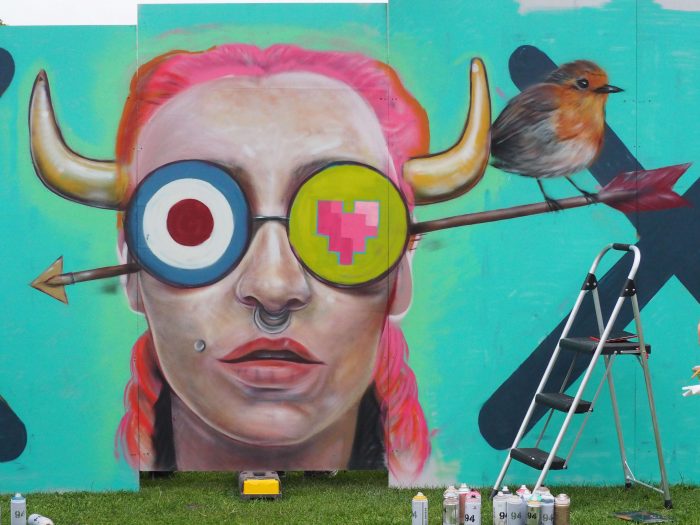

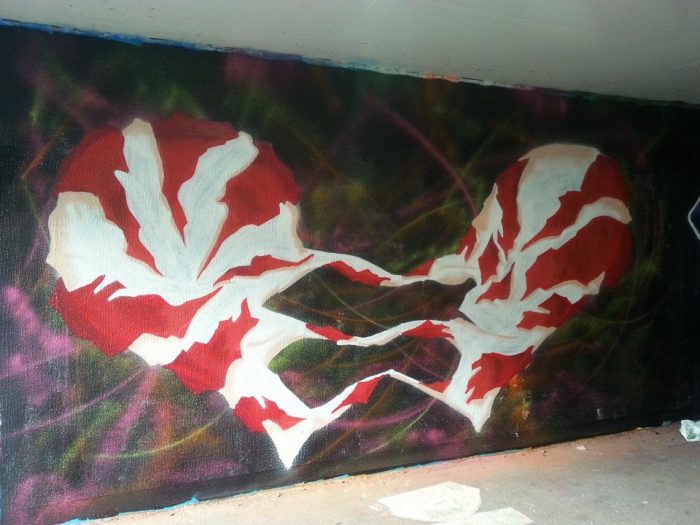
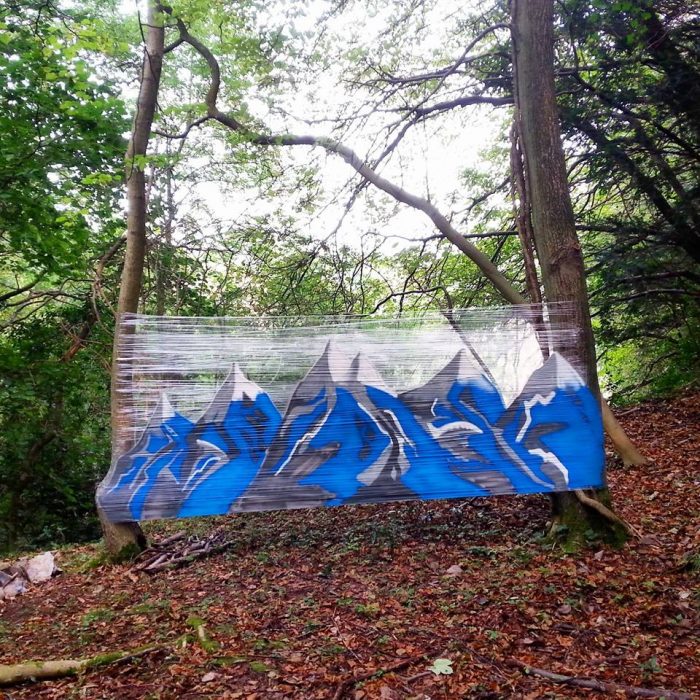
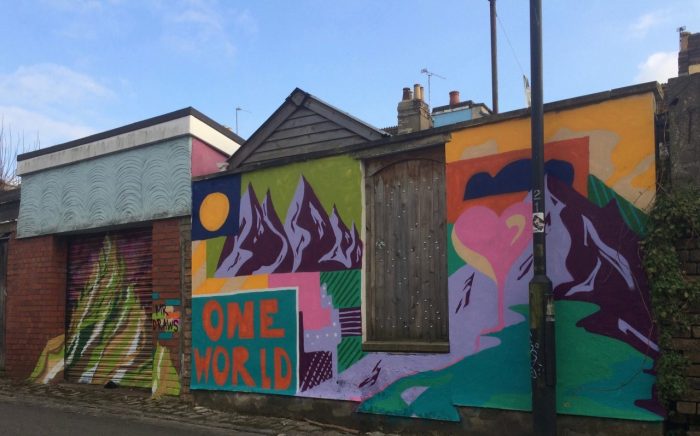
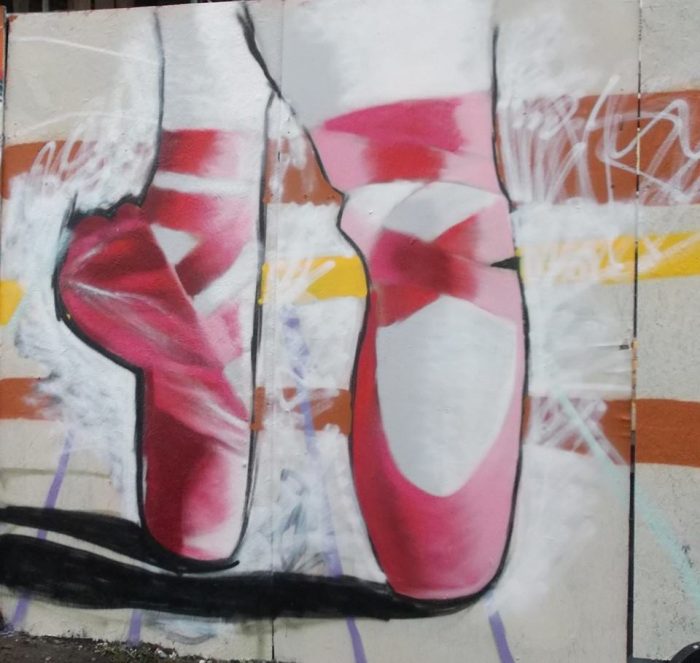

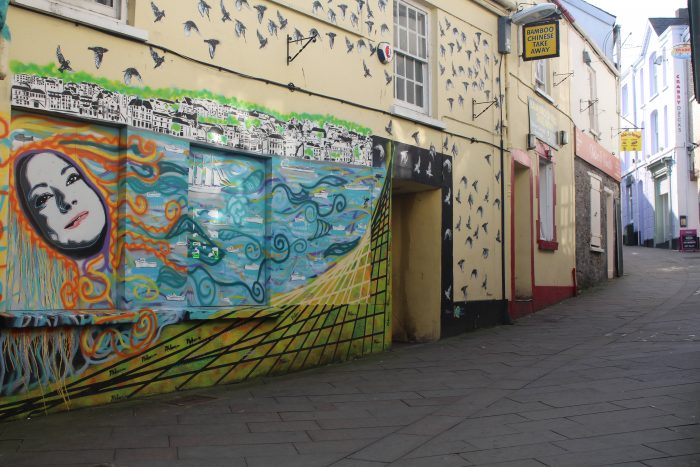
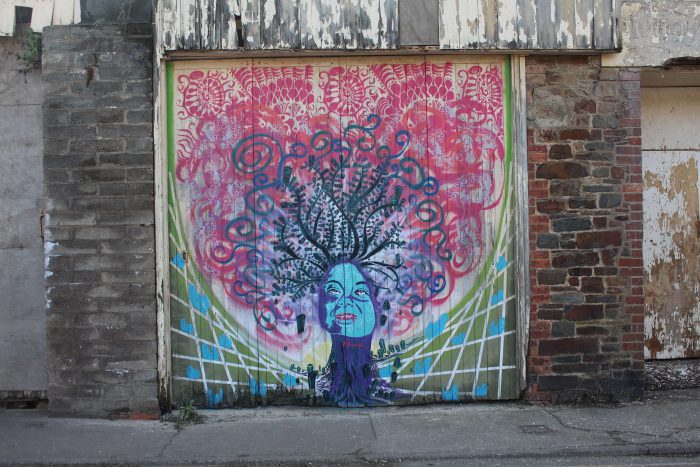
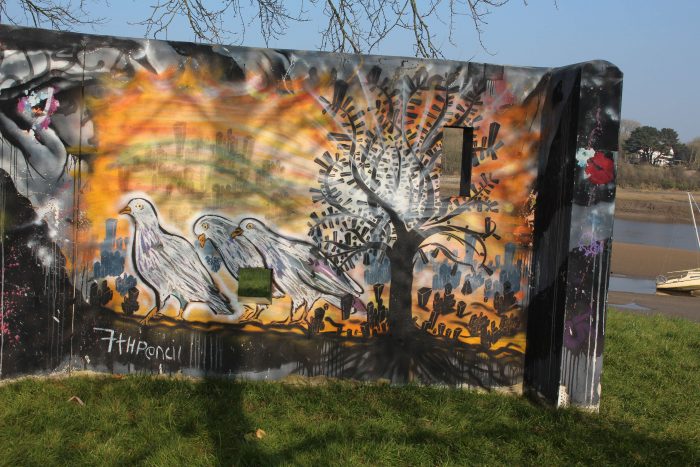
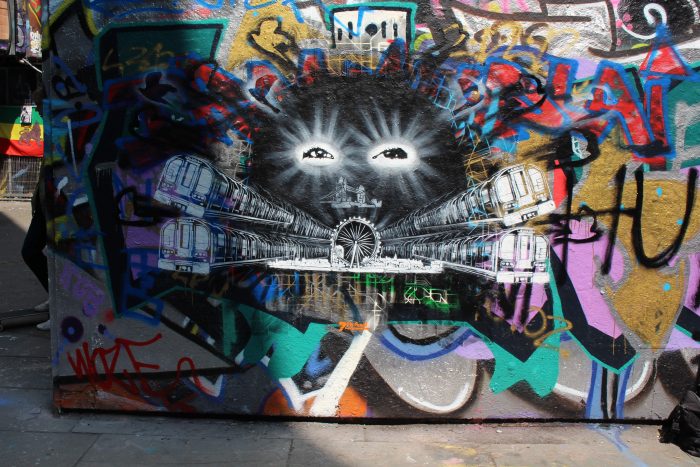
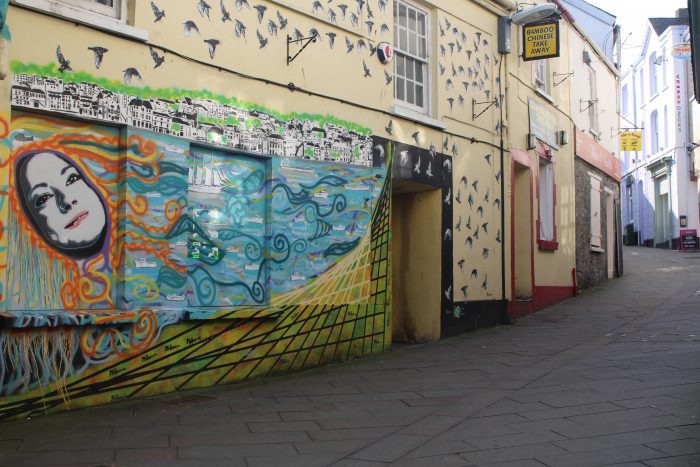

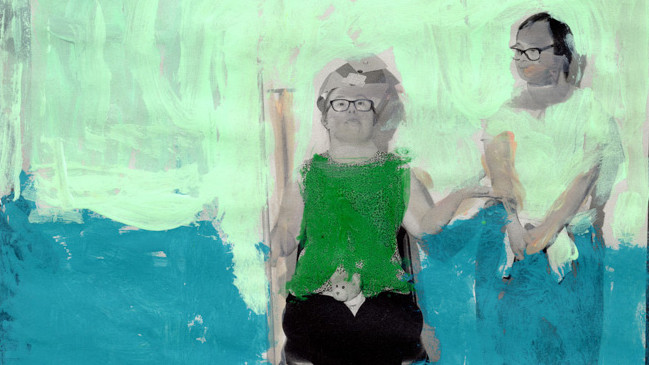

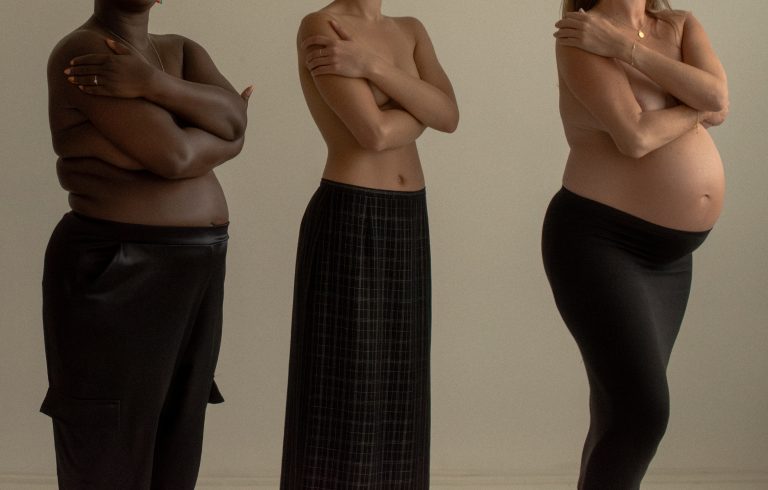

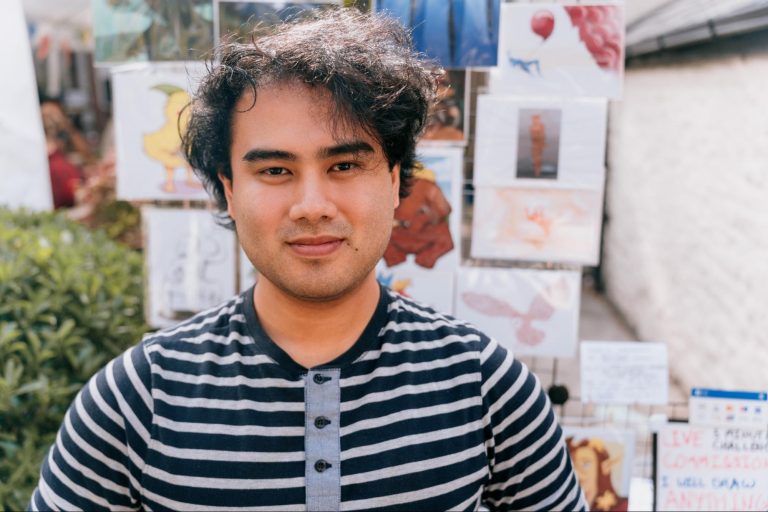

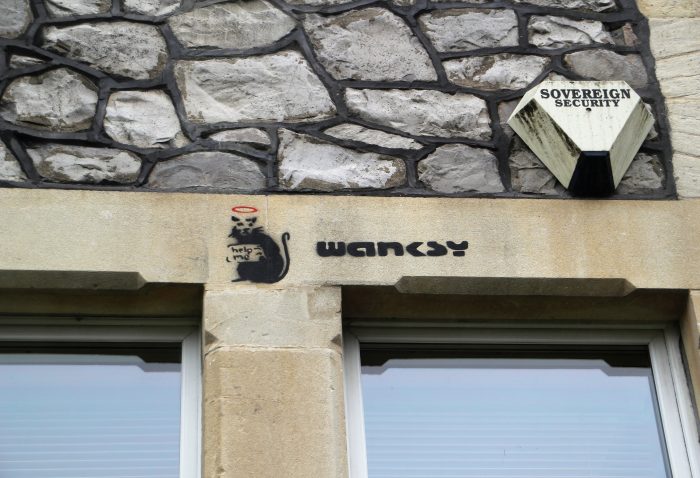

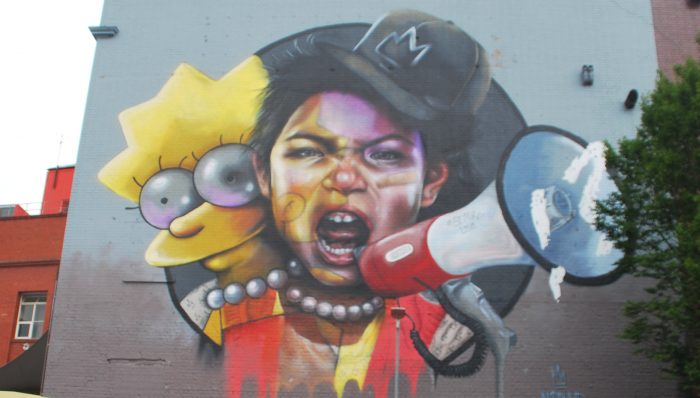

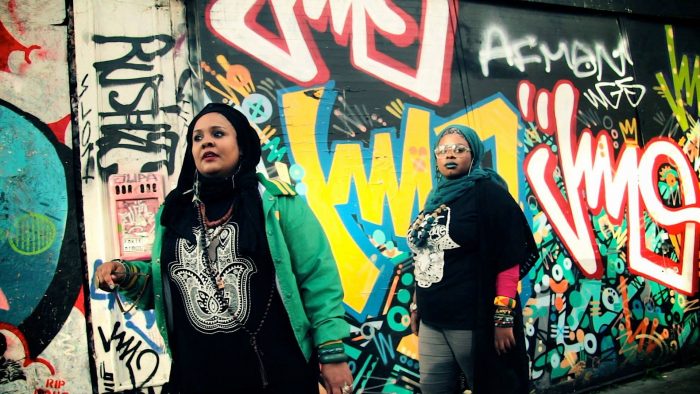


Report a comment. Comments are moderated according to our Comment Policy.
7th Pencil is not Bristol based.